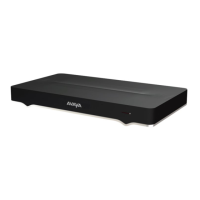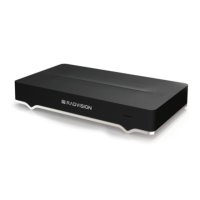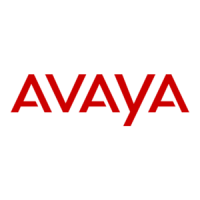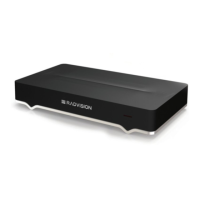Field Name Description
Type Select the type of LDAP server you are configuring:
• Local Server refers to the built-in LDAP server. You can view, edit and call these contacts.
• Remote H.350 (XT Series) refers to the built-in LDAP server of a different XT Series. You can
only view and call these contacts from this endpoint.
• Remote H.350 (Scopia
®
Management) refers to Scopia
®
Management's built-in LDAP
server. You can only view and call these contacts from this endpoint.
• Remote H.350 (generic) refers to a third-party LDAP server, such as Microsoft Active
Directory. You can only view and call these contacts from this endpoint.
Address Enter the LDAP server address. If you are using Scopia
®
Management as your LDAP directory,
enter Scopia
®
Management's IP address.
Port Enter the port used to connect to the LDAP server. The default port is 389.
User Enter the username and password required to access the LDAP server. The format of the
username is in the form of a Distinguished Name (DN). Some standard components of DN are:
domain controller (dc), organizational unit (ou), common name (cn), country (c), state or
province (st), locality (l), organization (o).
The login to third party LDAP servers is via a Simple Bind LDAP v3 operation.
When using the endpoint's local built-in LDAP server, you can modify the password here.
Password
Base Enter the root node of the LDAP tree under which all the contacts (inetOrgPerson entities) are
defined. For example ou=people.
This value is predefined when the LDAP server is an XT Series or Scopia
®
Management, and
cannot be modified.
Root DN For third party LDAP servers, enter the mandatory H.350 Root DN.
For a Scopia
®
Management LDAP directory, if you defined the Root DN in Scopia
®
Management, enter it here. For details, see the Administrator Guide for Avaya Scopia
®
Management.
For XT Series LDAPs, this field is not displayed.
Filter The filter applied to the LDAP tree, so you view only the relevant contacts. This value is
predefined when the LDAP server is an XT Series or Scopia
®
Management.
4. From the web interface only, select Save.
Related Links
Advanced Configuration of the XT Series on page 112
Configuring Advanced DTMF Settings
About this task
This section details the advanced configuration of DTMF, a method used to send messages to other
endpoints or network devices like gateways or MCUs. DTMF, or touch-tone, is the method of dialing
Advanced Configuration of the XT Series
142 Avaya Scopia
®
XT Series Deployment Guide April 2015
Comments? infodev@avaya.com
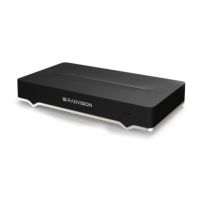
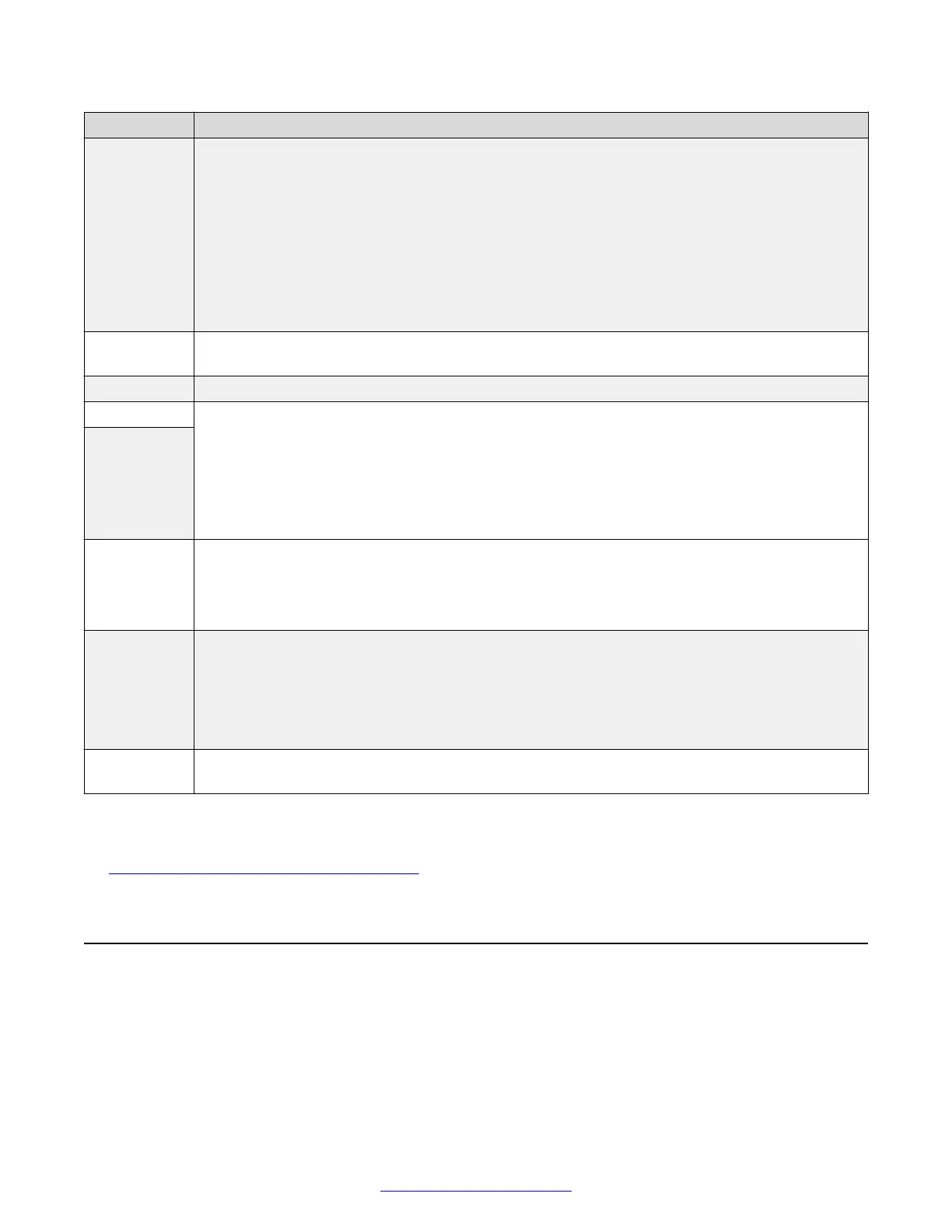